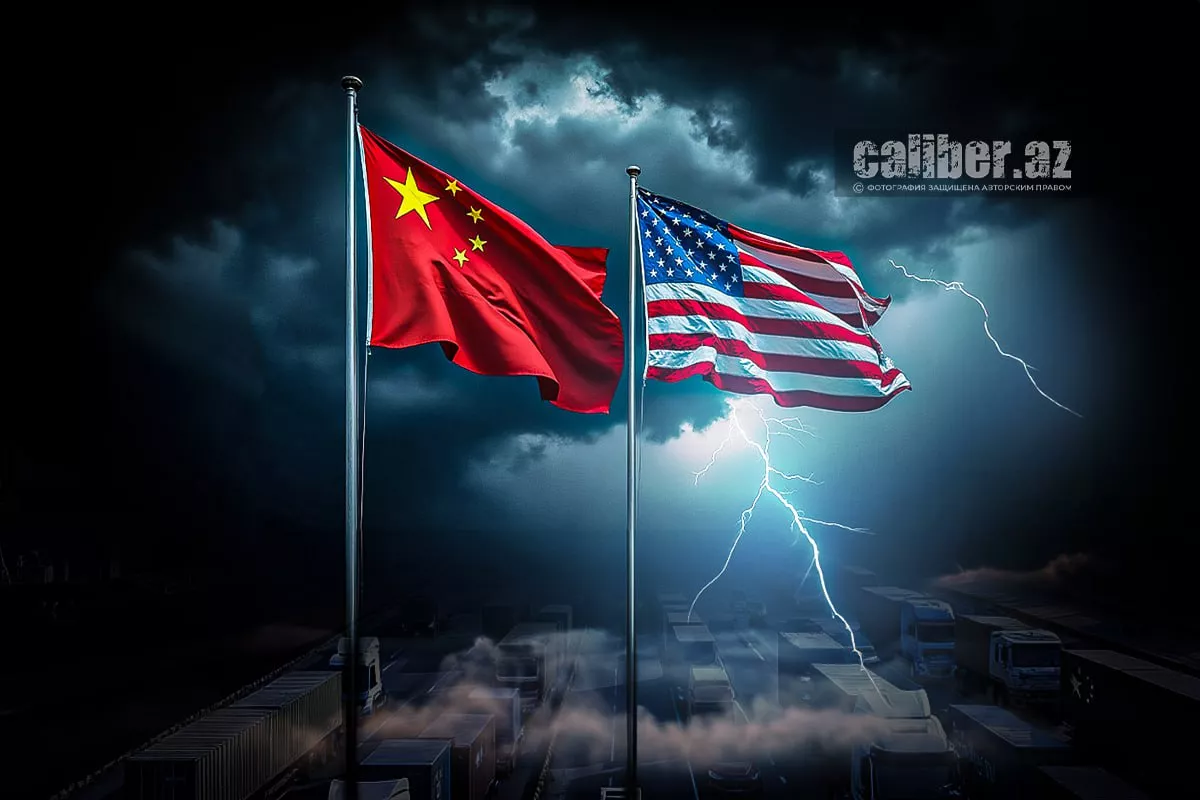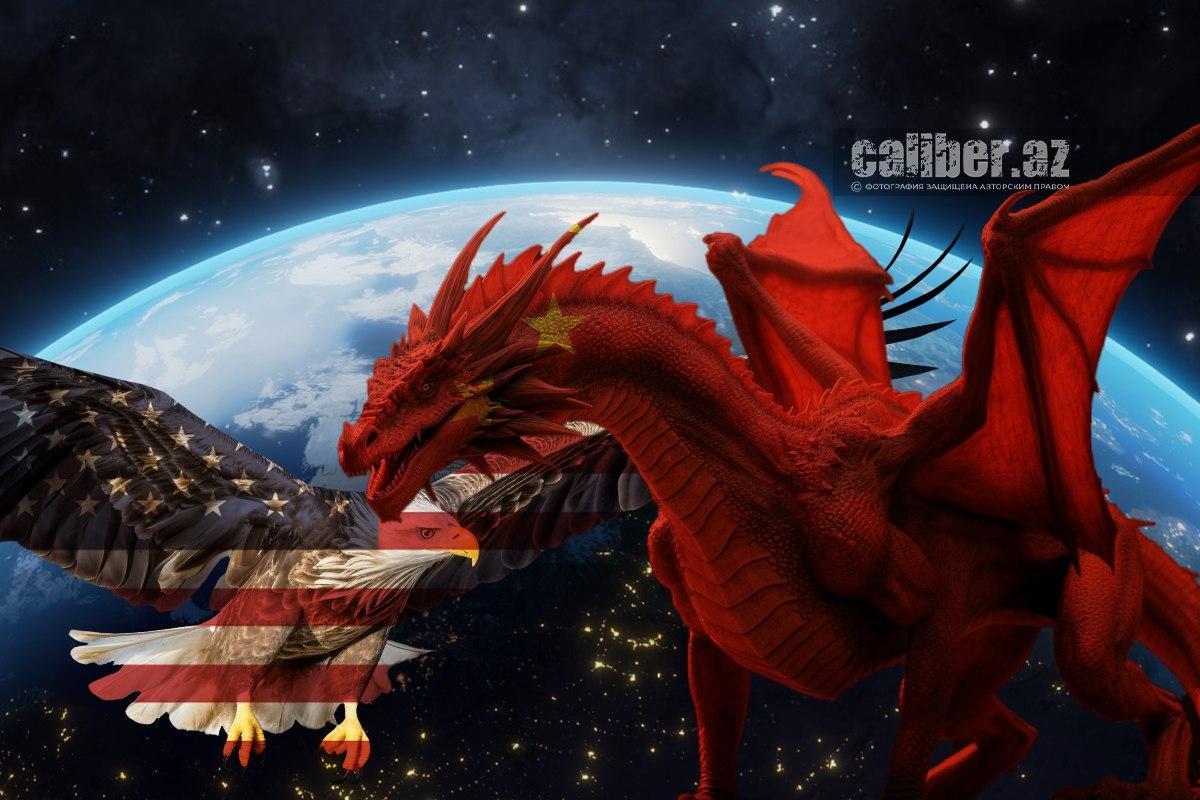China’s countermeasures against Trump’s tariffs How is Beijing fighting back?
It appears that Donald Trump is easing his tariffs on Chinese goods after the U.S. economy suffered a counterblow from China. However, China has no intention of backing down in the trade war.
Trump stated that his 145-percent tariffs on Chinese goods would be "substantially reduced." Markets received an additional boost after the Wall Street Journal reported that the Trump administration planned to cut import tariffs by more than half. The Dow Jones Industrial Average closed up 1.1% on April 23.
However, Chinese officials said on April 24 that any claims of progress in trade negotiations between China and the U.S. were "groundless and have no factual basis," reaffirming their position that the Trump administration must lift all unilateral tariffs imposed against their country.
Interestingly, Trump made a statement claiming that he was negotiating tariffs with China. However, representatives from Beijing said they were not currently engaged in any tariff negotiations with the White House.
Beijing’s tough stance is linked to the fact that, according to China expert Alexander Gabuev, China had long been deliberately restructuring its economy, anticipating the possible consequences of Trump winning the U.S. election. Beijing took Trump’s tariff threats very seriously, was convinced that the Americans would impose them, and prepared countermeasures in advance.

The trade war between the world’s two largest economies escalated after China responded to the U.S. imposition of additional tariffs with its own measures. Julian Evans-Pritchard, head of China economics at Capital Economics, said that China's response was aimed at making it clear that they are not going to tolerate Trump's actions, while at the same time calibrating their reaction in the hope of avoiding further escalation.
What are China’s countermeasures?
In response to Trump’s policy, China imposed tariffs on agricultural goods imported from the U.S., including chicken, corn, cotton, and wheat. It also introduced duties on American beef, dairy products, fruits and vegetables, pork, soybeans, and more. These and other strikes are selective, deliberately targeting the economies of Republican-leaning states that voted for Trump, thereby undermining the U.S. president’s electoral base, as well as certain companies that support him financially.
An important part of China’s countermeasures against Trump’s tariffs was the introduction of its own tariffs on imports of American coal and liquefied natural gas (LNG). It is worth noting that companies operating in the traditional energy sector are among Donald Trump’s election sponsors.
Interestingly, in recent years, China had been increasing its imports of LNG from the United States — and according to Chinese customs data, volumes had almost doubled compared to 2018 levels. However, China has alternatives to American gas.
U.S. oil exports account for only 1.7% of China’s total crude oil imports, indicating that China is not dependent on the United States, and the impact of tariffs on its own economy may therefore be minimal. Rebecca Harding, a trade economist and head of the Centre for Economic Security think tank, believes that China can easily secure additional supplies from Russia, where it is already purchasing oil at discounted prices.

In addition to fuel, China imposed tariffs on agricultural machinery, pickup trucks, and certain types of large vehicles. China is not a major importer of American pickup trucks and sources most of this kind of machinery from Europe and Japan, so the tariff will not significantly impact Chinese consumers. Moreover, in recent years, China has increased investments in agricultural machinery to expand domestic production, reduce dependence on imports, and strengthen its food security. Therefore, the introduction of tariffs on agricultural machinery could be another step aimed at stimulating the domestic industry. In this way, Beijing kills two birds with one stone: it strikes at American manufacturers and creates additional incentives for its rapidly developing sector.
China dominates the global market for rare earth elements, which are used in the production of everything from missiles to robots and MRI machines. Now, it has imposed controls on 25 metals exported to the U.S. Some of these are key components for many electrical products and military equipment manufactured in the U.S. The list of restricted metals includes tungsten, which is difficult to obtain and is a crucial material for the aerospace industry. It is likely that these measures prompted Donald Trump to adjust his tariff policy.
Nevertheless, China’s situation remains complex. Last year, U.S. imports to China totaled $143 billion, while exports to the U.S. amounted to $438 billion. This gives China a trade surplus of nearly $300 billion. If the two sides fail to reach an agreement, Beijing will need to redirect this flow of goods, or a significant portion of it, to other countries. However, there are some opportunities for this. China has been pursuing closer ties with Europeans, as well as countries like South Korea and Japan, with the aim of expanding free trade.








